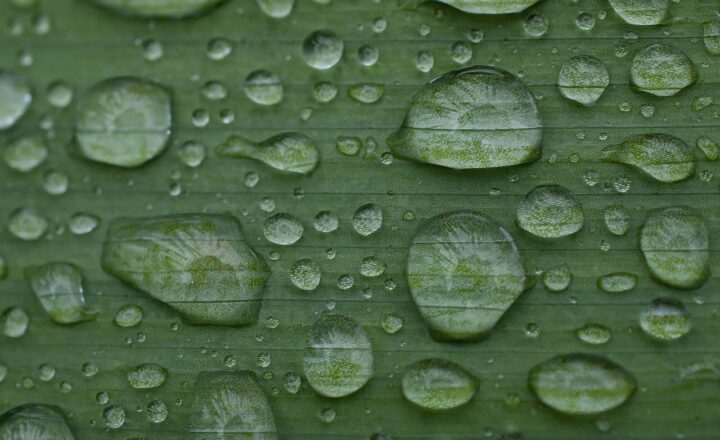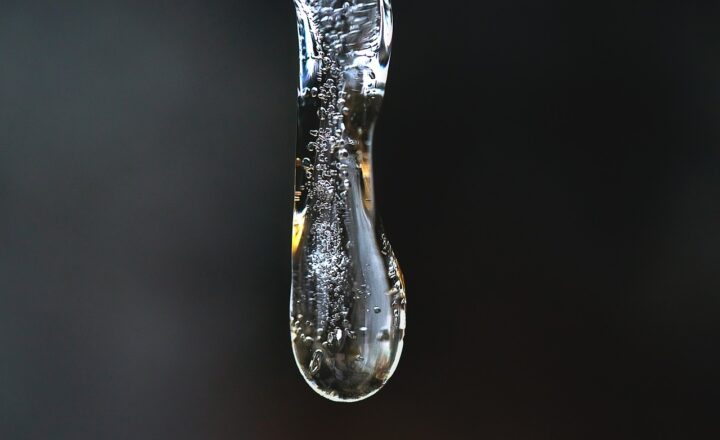
Lakes can be beautiful, serene, and provide a wealth of recreational opportunities. However, not all lakes are created equal. While some are brimming with fresh water full of life, others are saline, resembling oceans more than typical freshwater bodies. This article explores the fascinating reasons behind the existence of saltwater lakes and their differences from freshwater lakes, diving into geology, climate, and biological implications.
1. Understanding Freshwater vs. Saltwater Lakes
Lakes can be classified based on their salinity: freshwater lakes contain low concentrations of salt (usually less than 1%), while saltwater lakes can have much higher salinity levels, comparable to those found in oceans.
Characteristics
- Freshwater Lakes: These lakes have a wide range of aquatic life, including fish, amphibians, and plants. They support ecosystems that are vital for biodiversity and human use.
- Saltwater Lakes: Often home to different organisms than freshwater lakes, saltwater lakes host specific species such as brine shrimp and salt-tolerant plants. Many saltwater lakes also exhibit unique chemical compositions and can influence local climates.
2. Reasons for Saltwater Lakes
Saltwater lakes are formed and maintained through a variety of natural processes. Here’s a closer look at the prominent factors that contribute to their salinity:
2.1. Geological Formation
Some lakes are remnants of ancient seas or oceans, having been isolated as landmasses shifted. Geology plays a significant role in lake formation:
- When tectonic plates move, some areas may become basins, trapping water and minerals from the surrounding environment.
- Evaporation of water from these closed basins concentrates salts and minerals, leading to higher salinity levels over time.
2.2. Evaporation Rates
In regions with high evaporation rates, lakes can become saltier. Evaporation removes water but leaves dissolved minerals behind:
- Areas with dry climates, such as deserts, often host salt lakes due to the rapid loss of water; examples include the Great Salt Lake in Utah and the Caspian Sea.
- While water evaporates, the salts remain, perpetuating the lake’s high salinity.
2.3. Inflow from Salt-rich Sources
Saltwater lakes may receive inflows from rivers or streams that are high in salts and minerals, contributing to salinity:
- Rivers flowing through salt flats or saline groundwater can add dissolved substances to lakes, gradually increasing their salinity.
- Examples can be seen in lakes near coastal regions or volcanic areas where mineral-rich waters flow into them.
3. Examples of Saltwater Lakes
Numerous lakes across the world illustrate the diversity of saltwater lakes and their unique features:
3.1. The Great Salt Lake, Utah
This vast lake is well-known for its heavy salinity, making it one of the largest saltwater lakes in the Western Hemisphere.
3.2. Lake Urmia, Iran
Once one of the largest saltwater lakes in the world, Lake Urmia is shrinking due to climate change and human activities, affecting local biodiversity.
3.3. The Caspian Sea
Although it is called a sea, it is technically the largest enclosed inland body of water on Earth, displaying salinity levels that vary widely across its regions.
These lakes present not only unique ecosystems but also important economic indicators based on their surrounding communities and the natural resources they offer.
4. Biological Implications
The salinity of a lake greatly influences the types of organisms that thrive within it:
4.1. Adaptation of Flora and Fauna
Lakes with high salinity support species specially adapted to salty environments. Some examples include:
- Brine Shrimp: These tiny crustaceans have evolved to withstand extreme salinity, serving as a food source for various migratory birds.
- Salt-tolerant Plants: Certain species of plants thrive in saline wetlands, playing a crucial role in the ecosystem by stabilizing shorelines and providing habitat for wildlife.
4.2. Ecosystem Dynamics
Saltwater lakes can lead to unique ecosystem interactions and dynamics:
- Salt gradients influence the distribution of nutrients and energy, affecting how species interact within the community.
- High salinity can create an environment where only specific kinds of fish and microorganisms can thrive, potentially limiting biodiversity compared to freshwater ecosystems.
5. Human Impacts and Conservation Efforts
Human activities are significantly influencing both freshwater and saltwater lakes:
5.1. Pollution and Overuse
Agricultural runoff, industrial waste, and urban development can pollute lakes, which threatens both saltwater and freshwater ecosystems.
5.2. Conservation Measures
Efforts are underway globally to conserve and rehabilitate these critical ecosystems through:
- Monitoring water quality and salinity levels to track changes in ecosystems.
- Implementing protective regulations to preserve native species and habitats.
- Restoration projects to revive degraded areas and improve the health of surrounding ecosystems.
Conclusion
The diversity between freshwater and saltwater lakes encapsulates the complex interactions of geology, chemistry, and biological adaptability. Understanding why some lakes are saltwater while others are freshwater helps us appreciate our planet’s natural wonders and the delicate balance within aquatic ecosystems. As we continue to face environmental challenges, recognizing the importance of all types of lakes is crucial for conservation and sustainability efforts moving forward. By actively engaging in responsible practices, we can help maintain the ecological integrity of these vital resources for future generations to enjoy.






